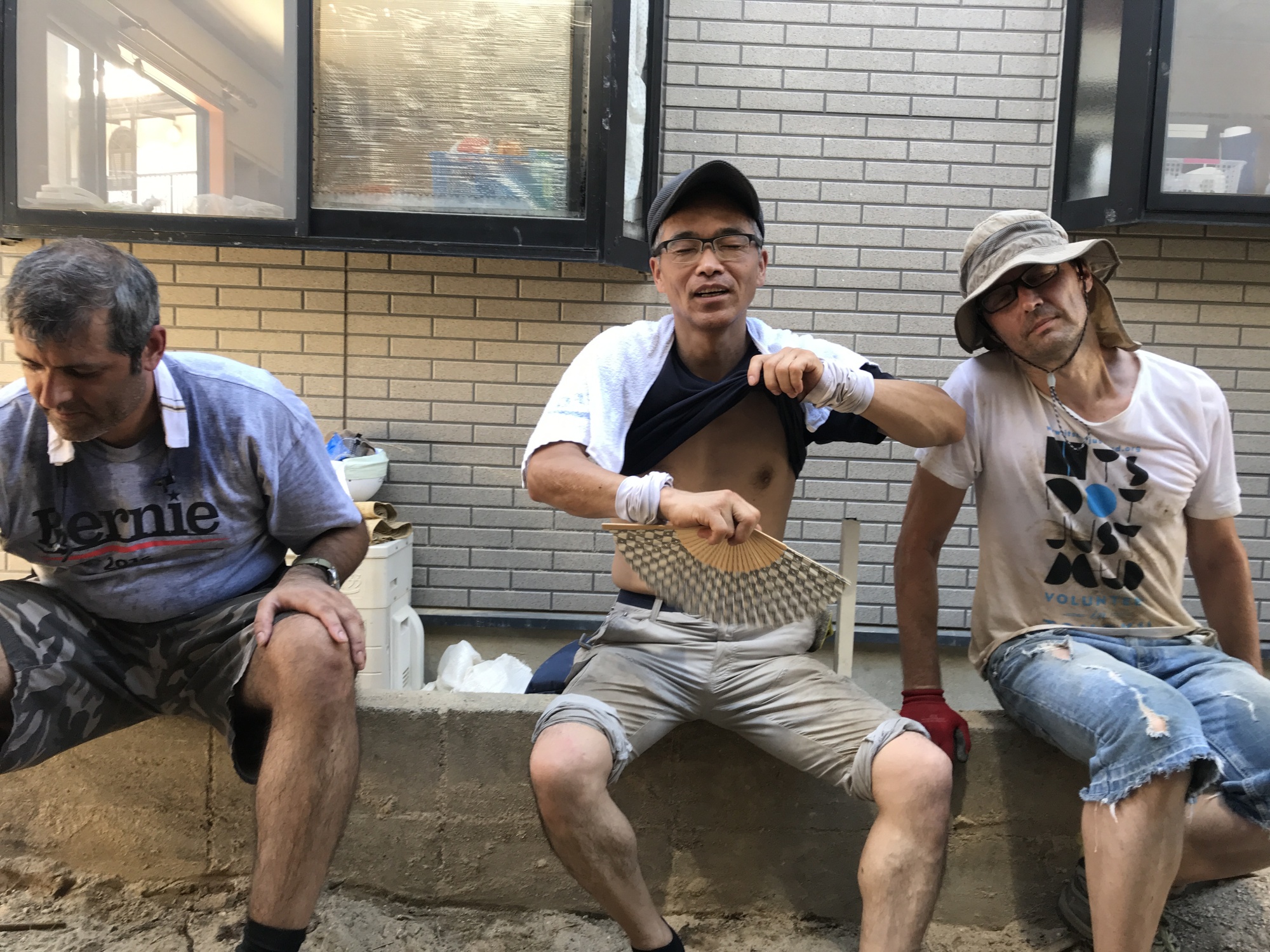The flooding and landslides struck rural Hiroshima with terrifying swiftness. On the evening of July 6, torrential rains in Hiroshima dumped down an almost unprecedented 40-60 millimeters of water per hour.
Soil on hillsides soon liquefied under these downpours to form mudslides that sluiced down at speeds of up to 30 kilometers per hour, carrying masses of sand, igneous rock, uprooted trees and debris. The rural communities in Hiroshima's Saka, Kumano and Kure districts — spread out at the foot of forested hills — were directly in their path.
Some residents were lucky. A woman I spoke to in Saka described a flow on the street in front of her home "like a fast-running river." It was not high, she said, "but if you stepped into it, you would've been swept away."

















With your current subscription plan you can comment on stories. However, before writing your first comment, please create a display name in the Profile section of your subscriber account page.